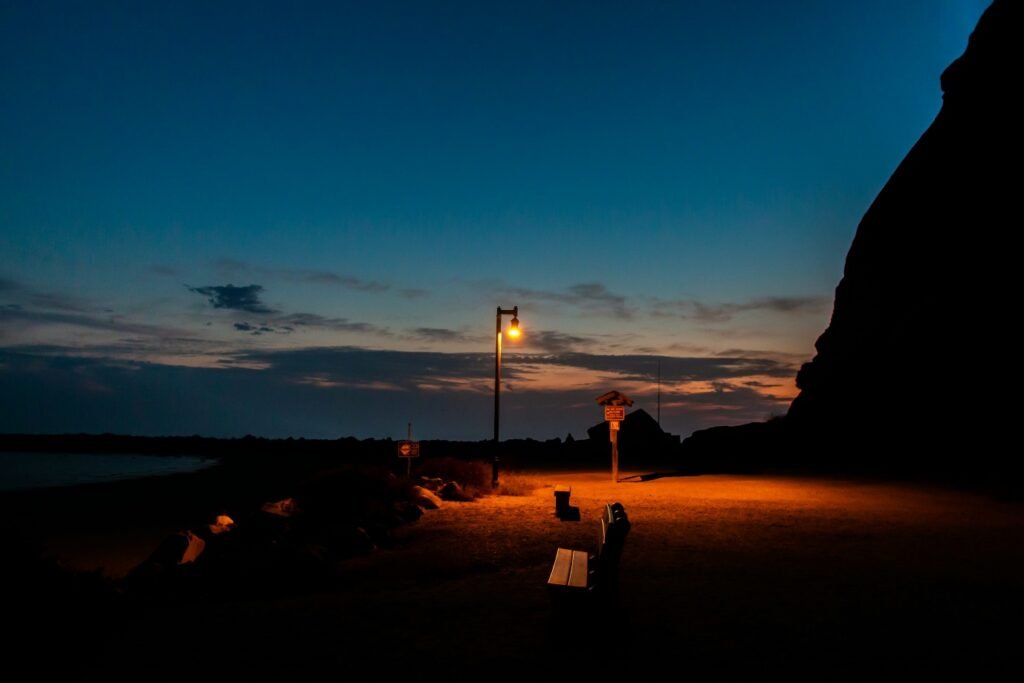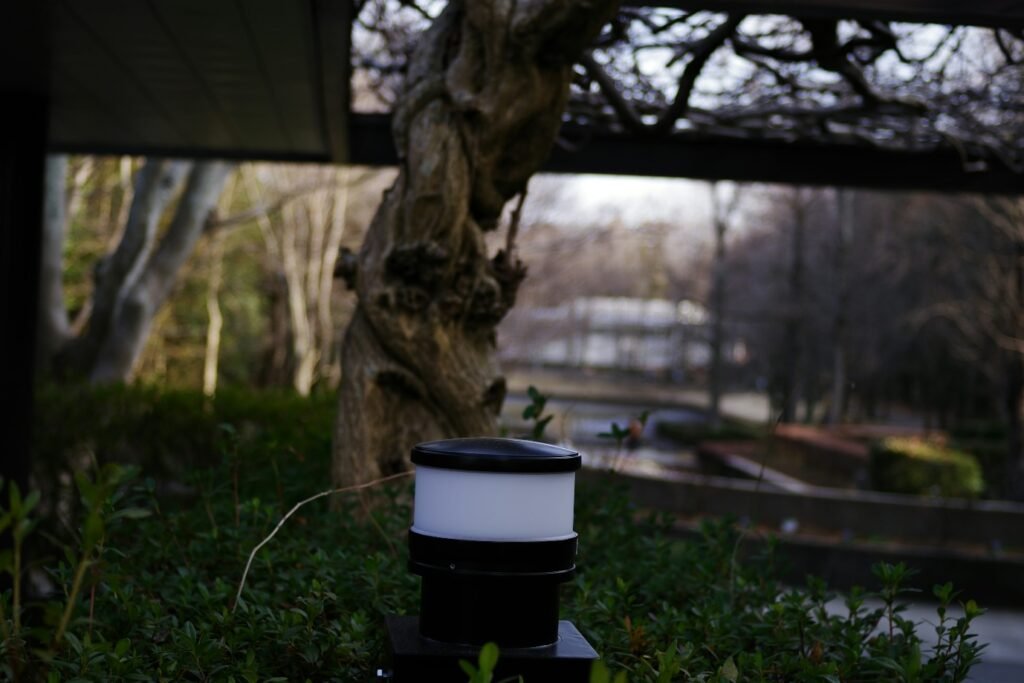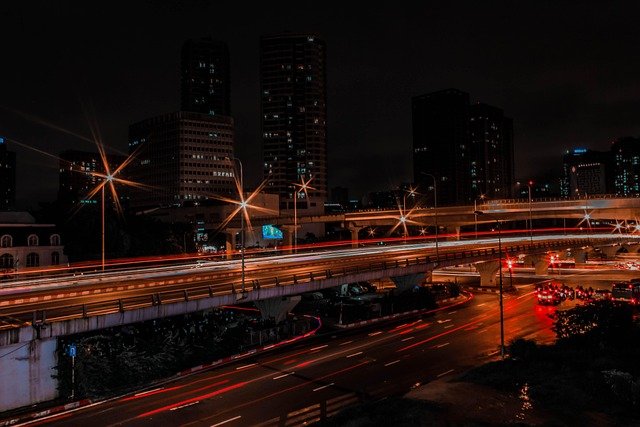When it is about outdoor lighting controls, the selection of technology directly effects energy efficiency, safety, and user satisfaction, A well-lit street, parking lot, or pathway can reduce accidents but poor control strategies can cause wasted electricity and higher maintenance costs, from the most well-known technologies are photocells and motion sensors, At first they both deliver the same purpose: operating light so people don’t have to do it manually, but, the way they work and the results they deliver are different, Understanding photocell vs motion sensor technologies helps municipalities and homeowners select the most reliable, cost-effective solution for their specific needs.
What Is a Photocell Sensor?
A photocell also called a dusk-to-dawn sensor catches changes in natural light, instead of depending on a timer, it continuously measures surrounding brightness levels:
- At dusk, when natural light drops below a certain threshold, the photocell switches the lights ON
- At dawn, when daylight rises, it automatically switches them OFF
This simple but effective mechanism makes sure of consistent illumination every night, regardless of seasons or shifting daylight hours.
Where are photocells used?
- Streetlights & highways: ensuring reliable all-night coverage
- Parking lots: providing continuous safety in high-traffic zones
- Public parks and pathways: improving navigation and security
- Signage & billboards: keeping ads visible after dark without wasting power in the daytime
Advantages of Photocells:
- Hands-off automation, no manual switching needed.
- Reliability in all weather conditions.
- Minimal maintenance, since performance is not affected by seasonal daylight shifts.
- Great for energy-efficient lighting that runs all night.

What Is a Motion Sensor?
A motion sensor works on a completely different principle. Instead of light levels, it detects movement within a set range and this can be achieved through infrared heat detection (PIR), microwave signals, or ultrasonic waves.
When movement is detected:
- The sensor switches the lights ON immediately
- After a preset delay (e.g., 30 seconds – 5 minutes) of no movement, it switches them OFF
Where are motion sensors used?
- Residential garages & driveways: lights come on only when vehicles or people approach
- Backyards & gardens: improving security without wasting energy
- Industrial warehouses: where activity happens only in bursts
- Office corridors: reducing electricity use in off-hours
Advantages of Motion Sensors:
- Energy savings as lights operate only when needed
- Enhanced security by startling intruders with sudden illumination
- Flexible applications for residential and industrial areas
Unlike photocells, motion sensors do not confirm continuous lighting, which is a drawback in public safety.
Key Differences Between Photocells and Motion Sensors
Let’s look at a direct comparison to have a better understanding of dusk-to-dawn sensor vs motion detector performance:
| Feature | Photocell (Dusk-to-Dawn Sensor) | Motion Sensor (Detector) |
| Trigger Mechanism | Ambient light levels | Movement detection of heat, motion, microwaves |
| Lighting Coverage | Continuous | Intermittent, only when motion is present |
| Best Use Cases | Streetlights, parking lots and signage | Security lighting, garages, warehouses |
| Energy Savings | Moderate – lights stay on at night | High – lights off when no activity |
| Maintenance Needs | Low | Occasional recalibration or sensor cleaning |
| Installation | Simple, often built into fixtures | Requires aiming and sensor positioning |
| Cost | Generally lower | Slightly higher depending on features |
The main difference lies in the trigger mechanism as Photocells respond to surrounding light levels, making sure that lights operate consistently according to day-night cycles, Motion sensors react to movement, which can be sporadic and unpredictable. Other differences include energy usage patterns, installation considerations, and common use cases.
Narrative Example:
A city planner making a pathway will always go for photocells, as people need constant lighting for safety, In contrast, a homeowner installing backyard lights will prefer motion sensors, as the goal is to turn the lights on only when someone approaches.

When to Use Photocells
Photocells shine in environments where consistent, long-duration lighting is required. They are ideal for:
- Streetlights and highways where visibility is critical for drivers
- Parking lots and campuses where continuous lighting prevents accidents and theft
- Public pathways and parks where people feel safer under steady illumination
- Outdoor advertisements where visibility directly affects revenue
By keeping reliable dusk-to-dawn operation, photocells not only save on electricity in comparison with manual switching but also carries on fixture lifespan by avoiding unnecessary on-off cycles.
When to Use Motion Sensors
Motion sensors are great for spaces that do not need lights to stay on all the time, They bring strong advantages in energy-efficient lighting strategies.
Common Scenarios:
- Security-sensitive areas such as entrances or corridors, where sudden illumination deters intruders
- Residential garages & driveways, where lights activate only when residents arrive home
- Industrial warehouses with intermittent activity, reducing unnecessary electricity costs
- Garden paths or backyards where occasional use doesn’t justify continuous illumination
They save energy by keeping lights off when no one is present, but they are less suitable for continuous lighting applications.
Can Photocells and Motion Sensors Be Combined?
Yes, and this is the future of smart lighting solutions, hybrid systems that combine both these technologies are offering the best of both worlds, such as:
- In parking lots, photocells make sure that at dusk, lights are switched on, and motion sensors can raise brightness when there is any vehicle or pedestrians nearby
- In residential areas, a photocell makes sure that the front yard light is on at a dim level all night, and a motion detector triggers brighter light when someone comes close.
- In municipal projects, hybrid controls allow compliance with safety codes while still saving energy.
This balances energy efficiency, safety, and cost savings, which makes it a popular choice for modern outdoor lighting controls.
Conclusion
So, which is better a option: photocell vs motion sensor? The answer depends on your lighting needs.
- Choose photocells, also known as dusk-to-dawn sensors for applications that need continuous, automated night lighting, great for streets, parking lots, and pathways
- Select motion sensors for triggered, intermittent lighting, great for garages, security zones, and warehouses
- For difficult installations, go for hybrid solutions, where photocells are offering baseline illumination and motion sensors are increasing responsiveness
Ultimately, the right choice comes down to continuing energy efficiency and cost-effectiveness, Partnering with a reliable supplier like Lead-Top makes sure you not only get high-quality sensors but also right guidance on the best configuration for your project, for municipal, commercial, or residential projects, consulting with an experienced supplier like Lead-Top can help you find the right sensor configuration and maximize energy efficiency, reliability, and safety.
Refrences
- https://leaditop.com/product/ul-approved-photoelectric-sensor-dusk-to-dawn-photocell-light/?_gl=1*14fox5w*_up*MQ..*_ga*MTI5ODA3MDIzNy4xNzU3Mjc2OTM0*_ga_S4H39S96GX*czE3NTcyNzY5MzAkbzEkZzAkdDE3NTcyNzY5MzAkajYwJGwwJGgxNzM5NDY1NDI2
- https://leaditop.com/
- https://en.wikipedia.org/wiki/Passive_infrared_sensor
- https://en.wikipedia.org/wiki/Ultrasound







